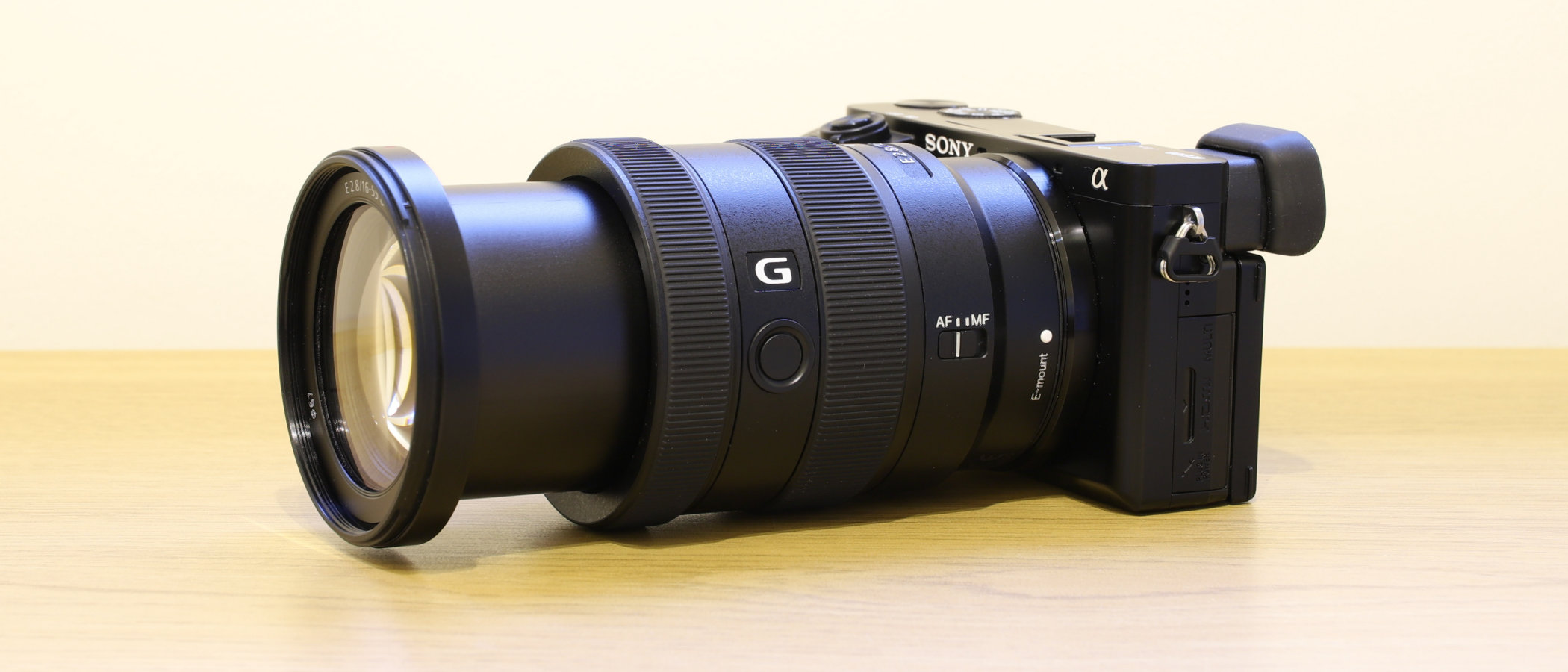Digital Camera World Verdict
A top-quality, fast standard zoom for APS-C format Sony cameras has been a long time coming. Sony’s E PZ 16-50mm f/3.5-5.6 OSS is a little lacklustre, even for a ‘kit’ zoom, and while the Vario-Tessar T* E 16-70mm f/4 ZA OSS offers a sizeable step up in handling, image quality, zoom range and all-round performance, it still lacks the fast f/2.8 constant aperture rating that’s often preferred by enthusiast and professional photographers. This new 16-55mm f/2.8 G ticks all the right boxes for a top-flight standard zoom.
Pros
- +
Mostly excellent image quality and performance
- +
High-end, weather-sealed construction
- +
Fast and constant f/2.8 aperture
Cons
- -
Heavy barrel distortion at 16mm if uncorrected
- -
No image stabilization
- -
Pretty pricey
Why you can trust Digital Camera World
Discerning full-frame shooters generally opt for a 24-70mm f/2.8 lens as their go-to zoom for general shooting. That's great for Sony A7 and A9 cameras. but what if you have an APS-C format A6000 series body? The new Sony E 16-55mm f/2.8 G is an almost exact equivalent, with an ‘effective’ 24-82.5mm zoom range and the same f/2.8 constant aperture rating.
It's designed to give owners of one of the Sony A6000-series of mirrorless cameras a high-quality kit lens option – including a wide, constant maximum aperture of f/2.8 throughout of the range. It is one of two new lenses specifically designed for Sony's APS-C family of mirrorless cameras, which currently includes the A6000, A6100, A6300 , A6500 and A6600.
Just like the Sony E 70-350mm f/4.5-6.3 G OSS, which was released at the same time, the Sony E 16-55mm f/2.8 G (model number SEL1655G) helps to fill out a lens range that has up until now lacked any real choice for those that don't want unnecessarily-bulky lenses that are designed for use with full-frame cameras.
Specifications
Mount: Sony E (APS-C)
Lens construction: 17 elements, 12 groups
Angle of view: 83-29 degrees
Diaphragm blades: 9
Minimum aperture: f/22
Minimum focusing distance: 0.33m
Maximum magnification ratio: 0.2x
Filter size: 67mm
Dimensions: 73x100mm
Weight: 494g
Key features
Compared with 24-70mm f/2.8 lenses for full-frame cameras, including Sony’s own FE 24-70mm f/2.8 G Master, this APS-C format lens is much more manageable. It’s rather more compact at 73 x 100mm and only about half the weight, at 494g. The effective zoom range is actually a little larger, at 24-82.5mm, stretching a bit further into telephoto territory.
The full frame 24-70mm G Master lens boasts an ultra-high precision XA (eXtreme Aspherical) element, but this 16-55mm certainly isn’t short on exotic glass. There are no less than 17 elements arranged in 12 groups, including two AA (Advanced Aspherical) elements, two further aspherical elements and three ED (Extra-low Dispersion) elements. The ED elements help to optimise sharpness and contrast while reducing colour fringing. Contrast is further enhanced by the addition of Nano AR Coating, which is highly effective in combating ghosting and flare.
Autofocus is driven by an XD (eXtreme Dynamic) linear motor. This enables extremely rapid and accurate focus acquisition when used with Sony’s latest A6000-series bodies, plus great tracking performance for moving subjects. Smooth autofocus transitions and virtually silent operation are further bonuses when shooting movies. As usual with this type of system, manual focusing is via an electronically coupled ‘fly by wire’ focus ring.
Build and handling
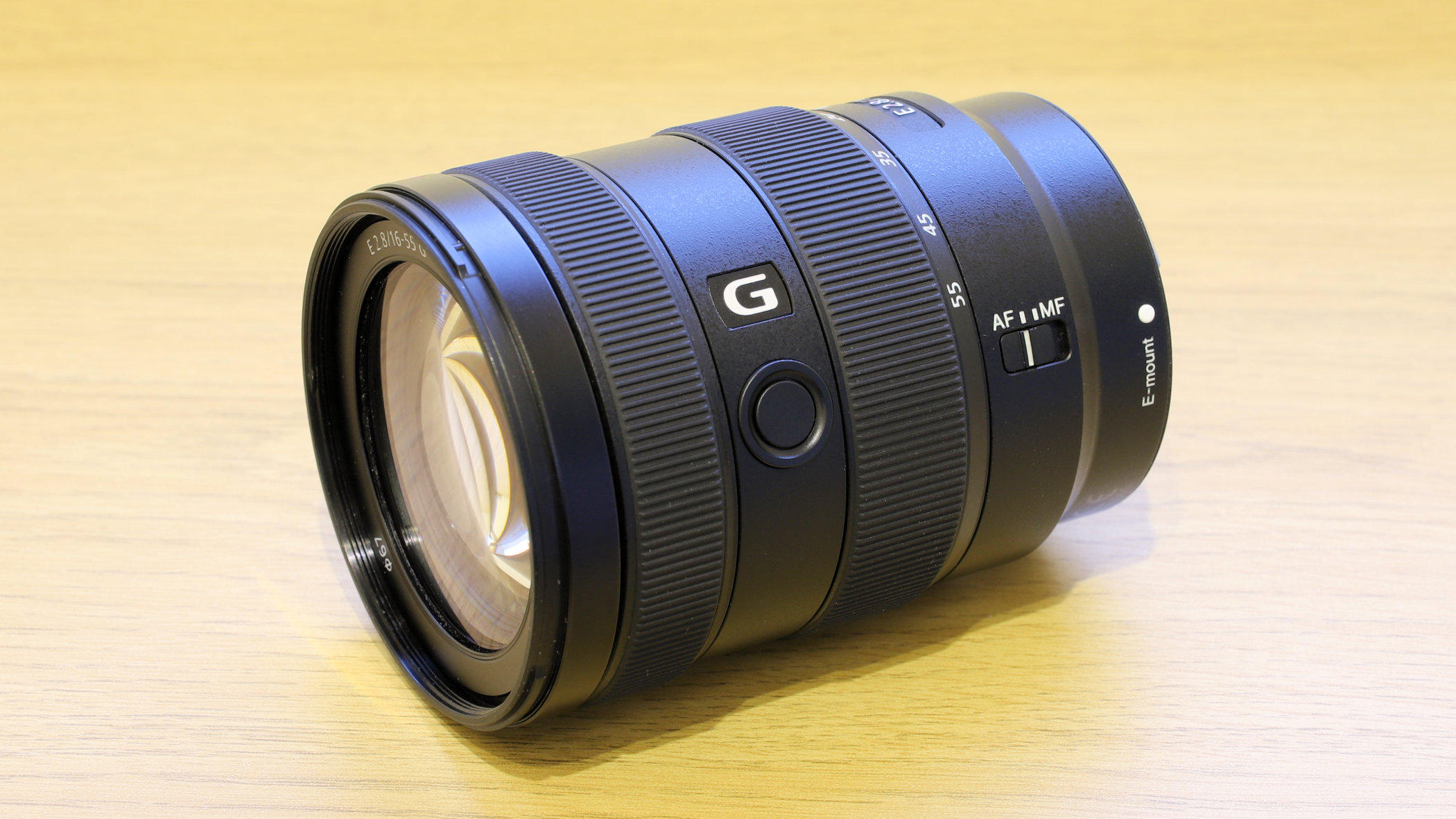
Although fairly lightweight, the lens feels solid and sturdy, and has a good scattering of weather seals. There’s also a fluorine coating on the front element, which helps to repel moisture and grease, and makes cleaning easier.
Unlike the bigger 24-70mm G Master lens, this one lacks a zoom lock switch, although we experienced absolutely no hint of zoom creep even when shooting vertically upwards or downwards with the camera mounted on a tripod. The lens comes complete with a lens hood and, although it again lacks the larger edition’s locking button, that’s no real problem. One thing it shares with its big brother is a focus-hold button on the side of the barrel. You can customise the action of the button for alternative functions via in-camera menus.
Performance
True to Sony’s claims, autofocus performance is excellent in terms of both speed and accuracy. Sharpness across the whole image frame is epic, even when shooting wide-open at f/2.8, throughout the shorter half of the zoom range. It remains excellent at longer zoom settings, although corner-sharpness drops off a little at the long end.
Contrast and colour rendition are superb, while resistance to ghosting and flare is very good indeed. The quality of bokeh is very pleasant when shooting wide-open, and remains good when stopping down a little, helped by the well-rounded nine-blade diaphragm.
One minus point is that the lens lacks optical stabilization, which can be an issue for handheld shooting on all current A6000-series cameras apart from the top-end A6600, the only one to feature in-body stabilization. Our only other criticism is that barrel distortion is very heavy at the short end of the zoom range. It’s automatically corrected in the latest cameras where distortion correction can’t actually be switched off for this lens. Even so, the degree of distortion at 16mm is pretty poor from a purely optical point of view.
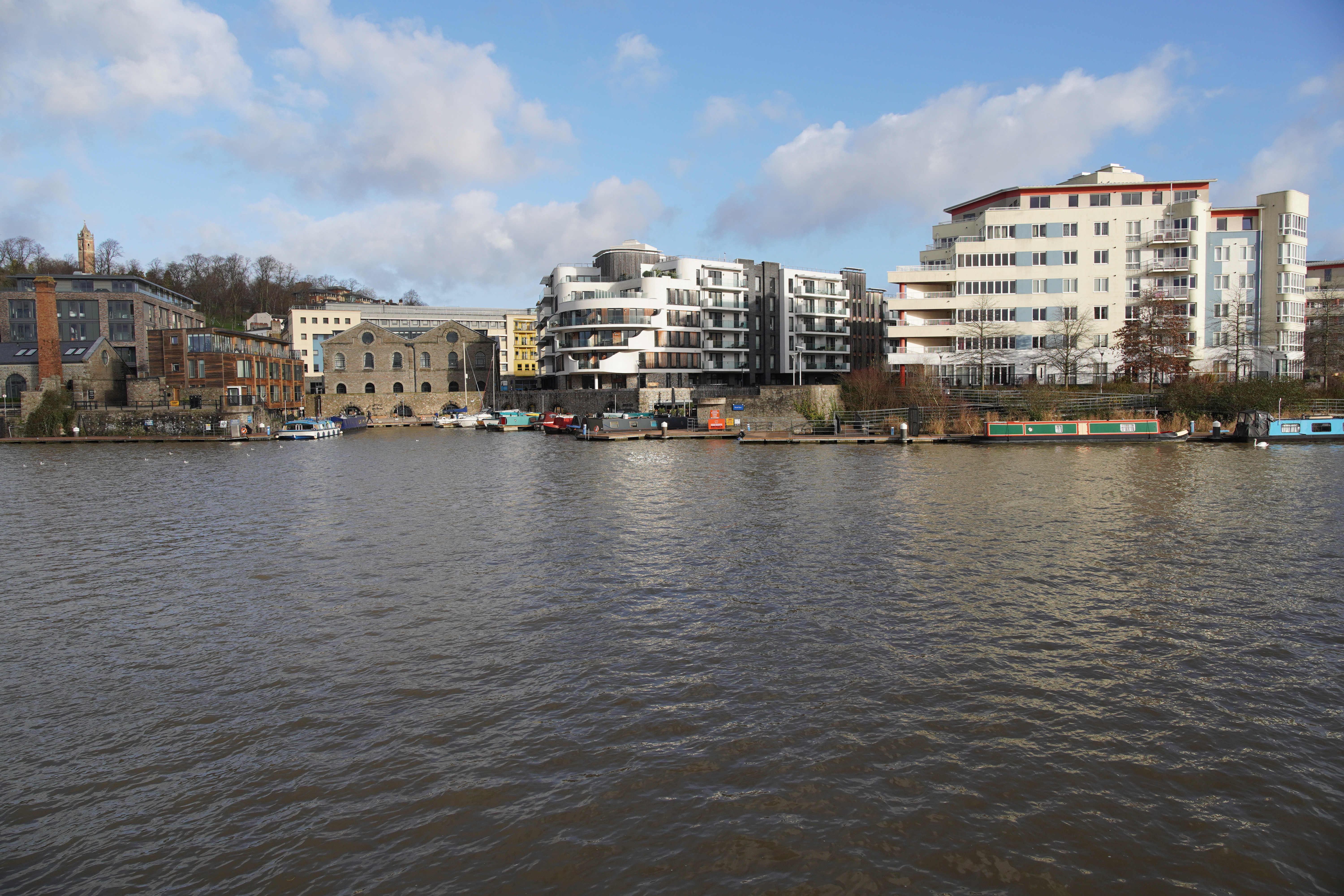
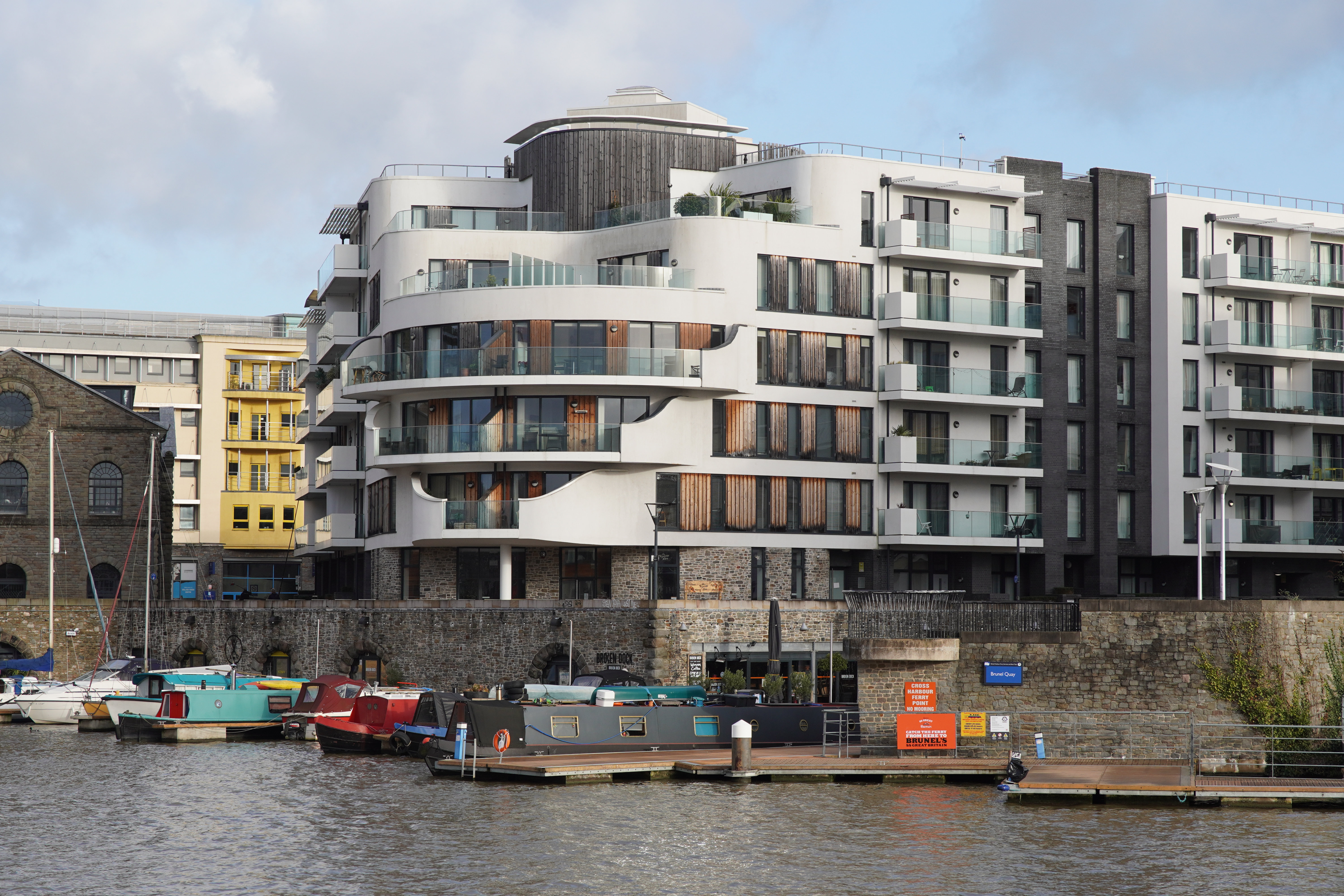

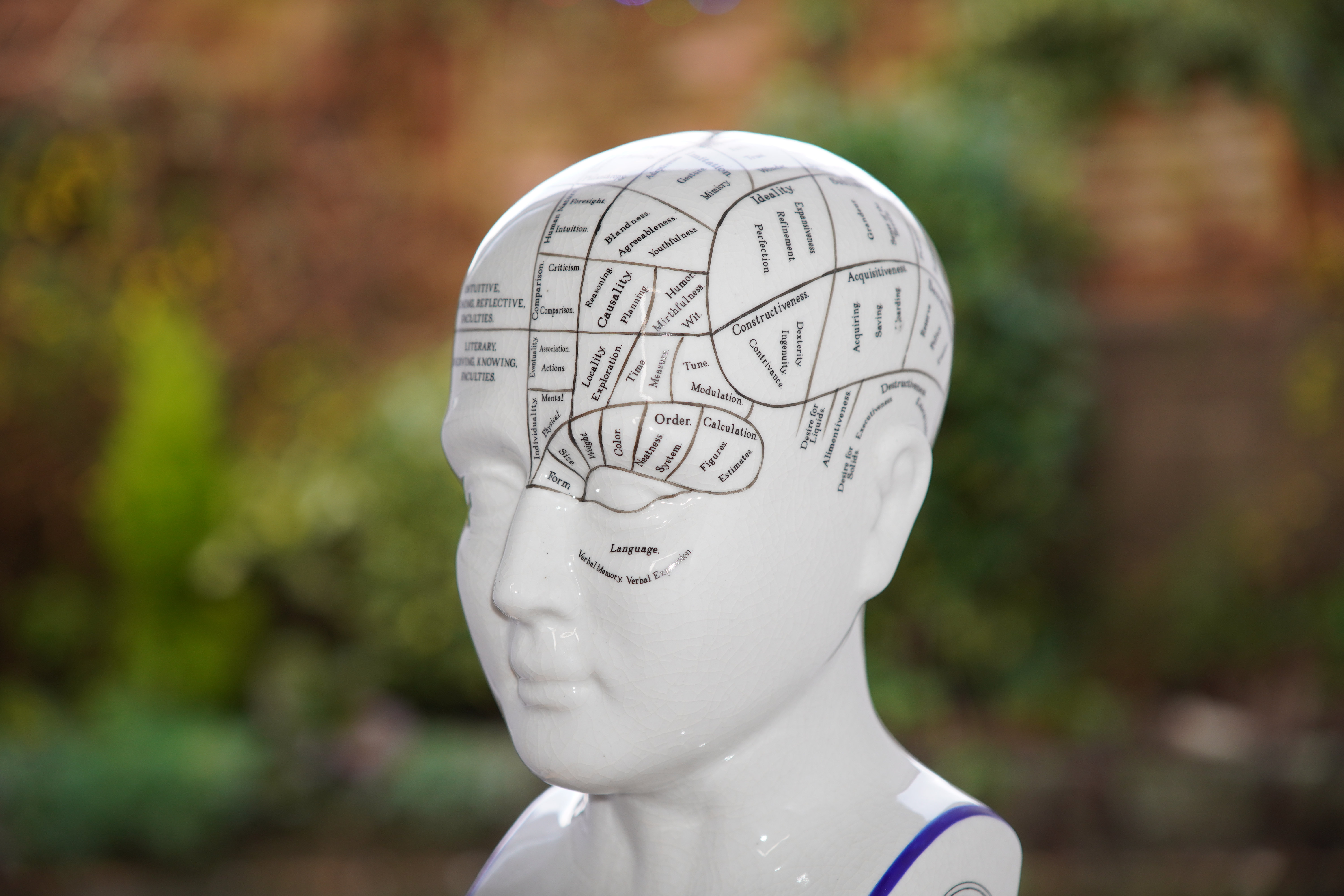

Sample images
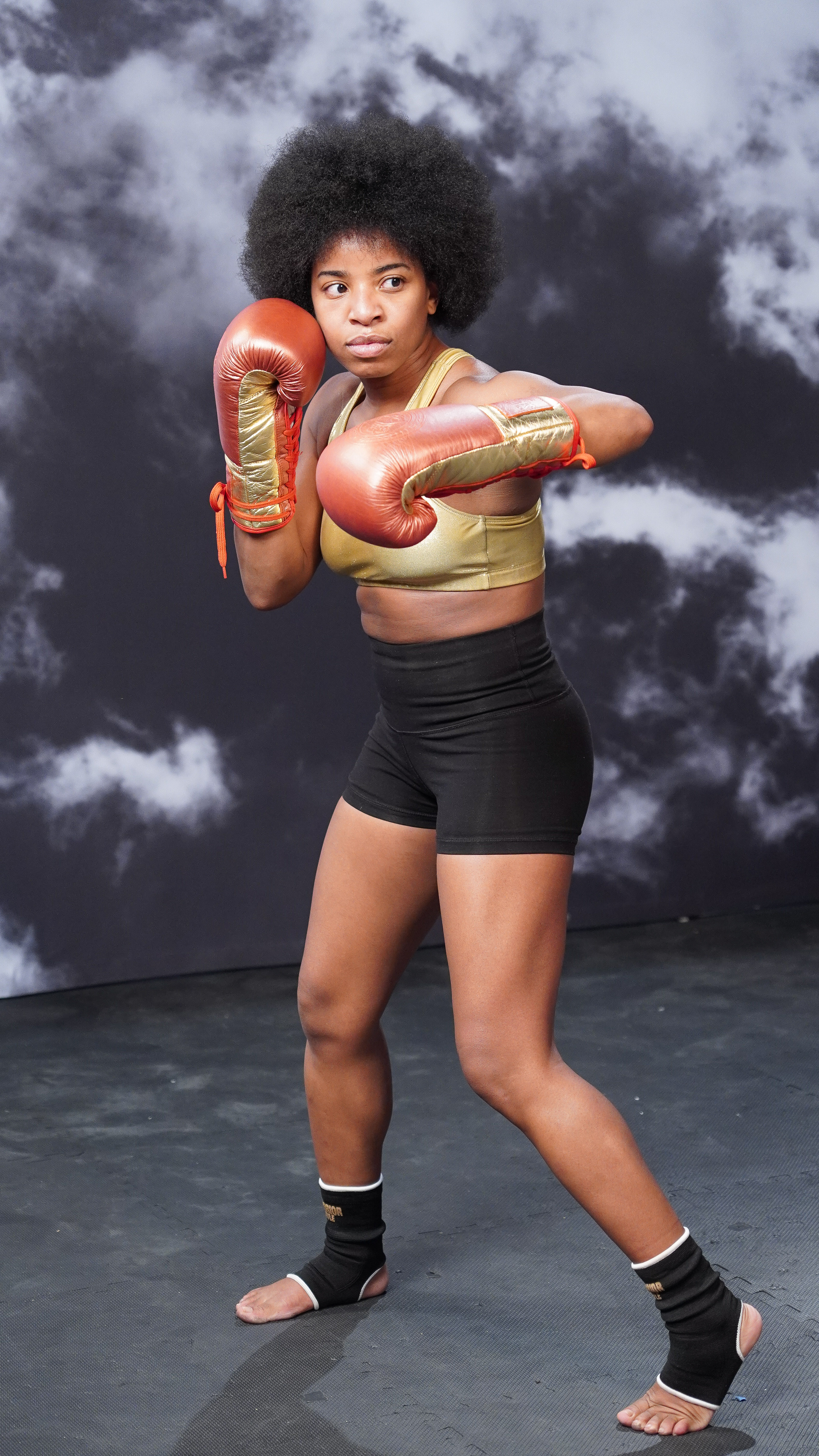

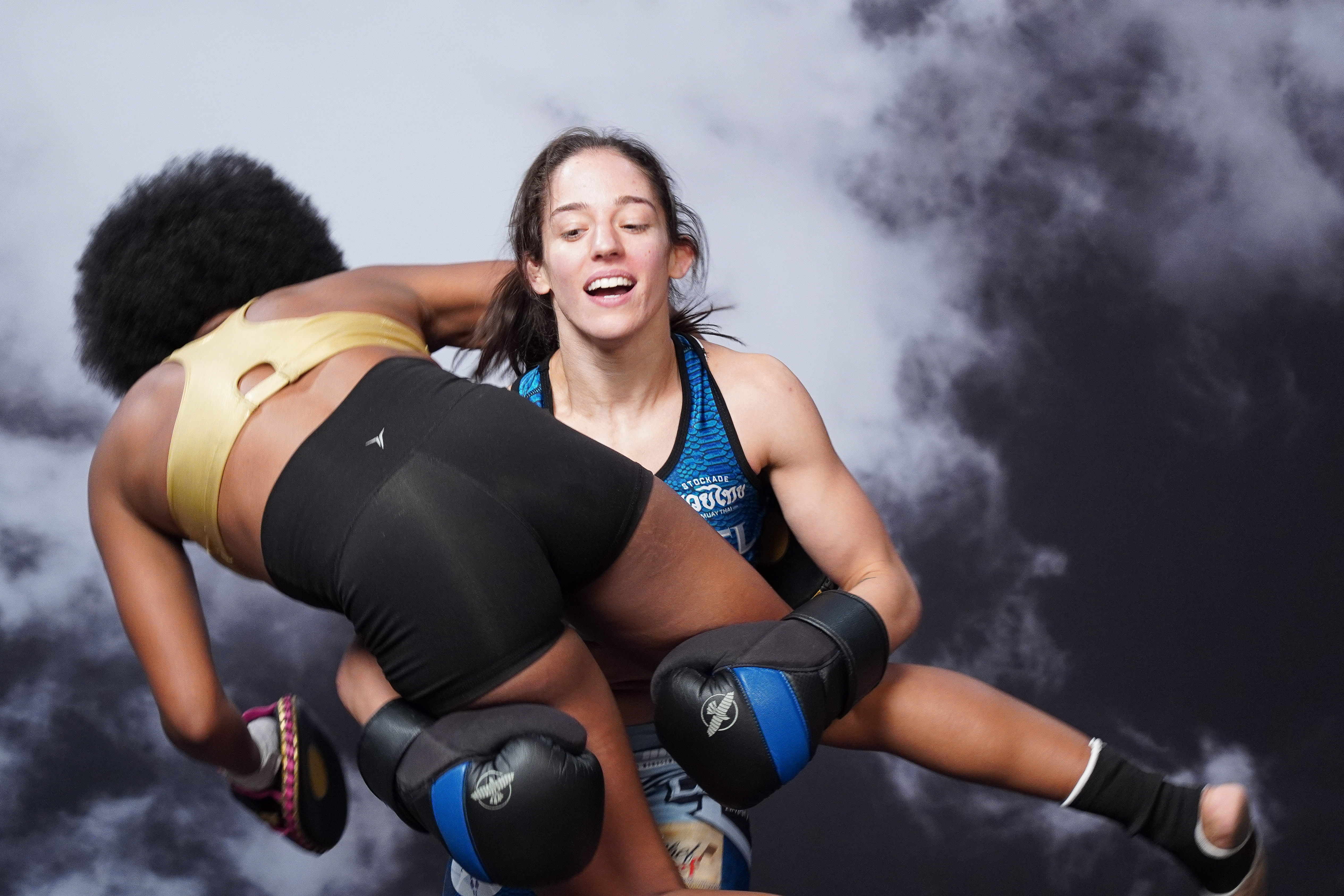


Lab results
We run a range of lab tests under controlled conditions, using the Imatest Master testing suite. Photos of test charts are taken across the range of apertures and zooms (where available), then analyzed for sharpness, distortion and chromatic aberrations.
We use Imatest SFR (spatial frequency response) charts and analysis software to plot lens resolution at the centre of the image frame, corners and mid-point distances, across the range of aperture settings and, with zoom lenses, at four different focal lengths. The tests also measure distortion and color fringing (chromatic aberration).
Sharpness
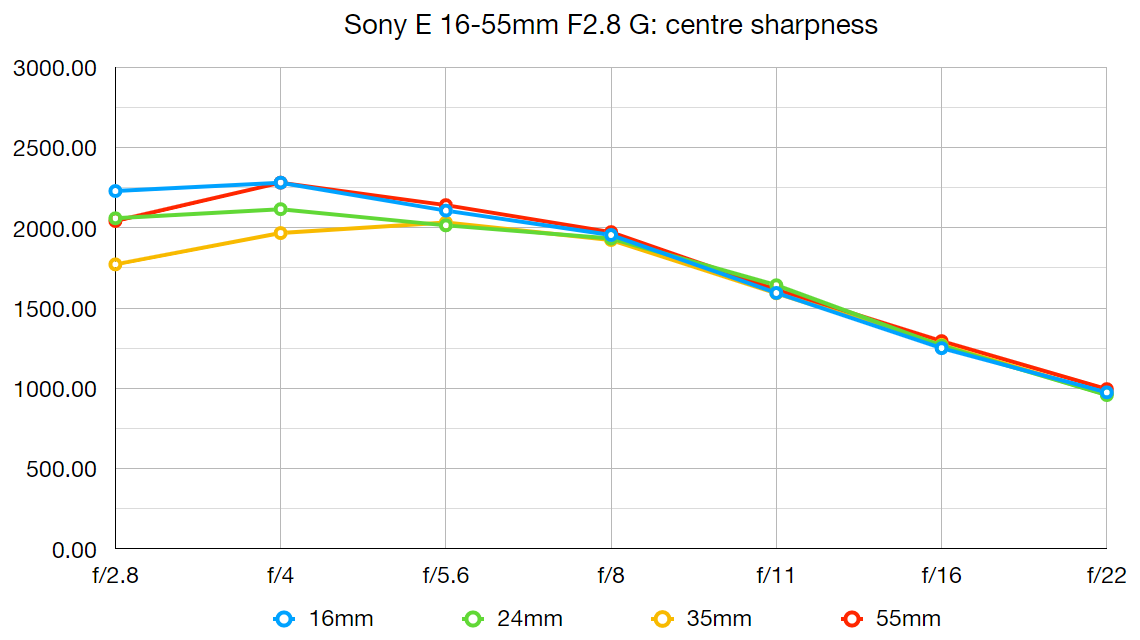
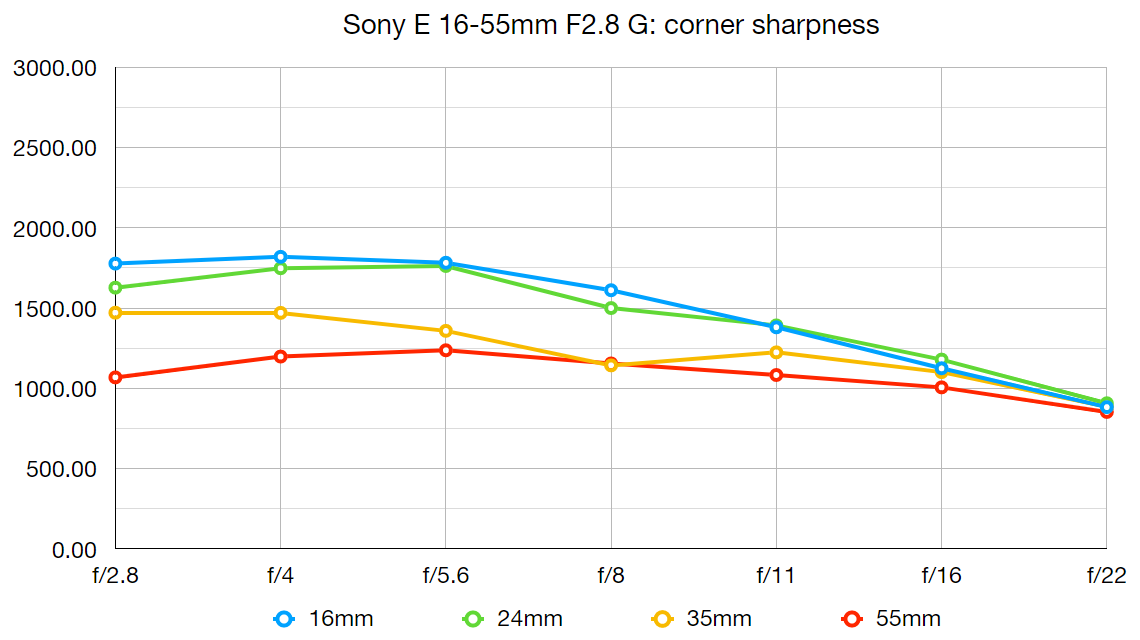
Centre-frame sharpness is excellent at all focal lengths, even when shooting at f/2.8. Only at f/16 and narrower does sharpness in the central region fall off.
Moving to the corners of frame, sharpness remains high at shorter focal lengths, but is mediocre at 35mm, and relatively disappointing at 55mm.
Fringing
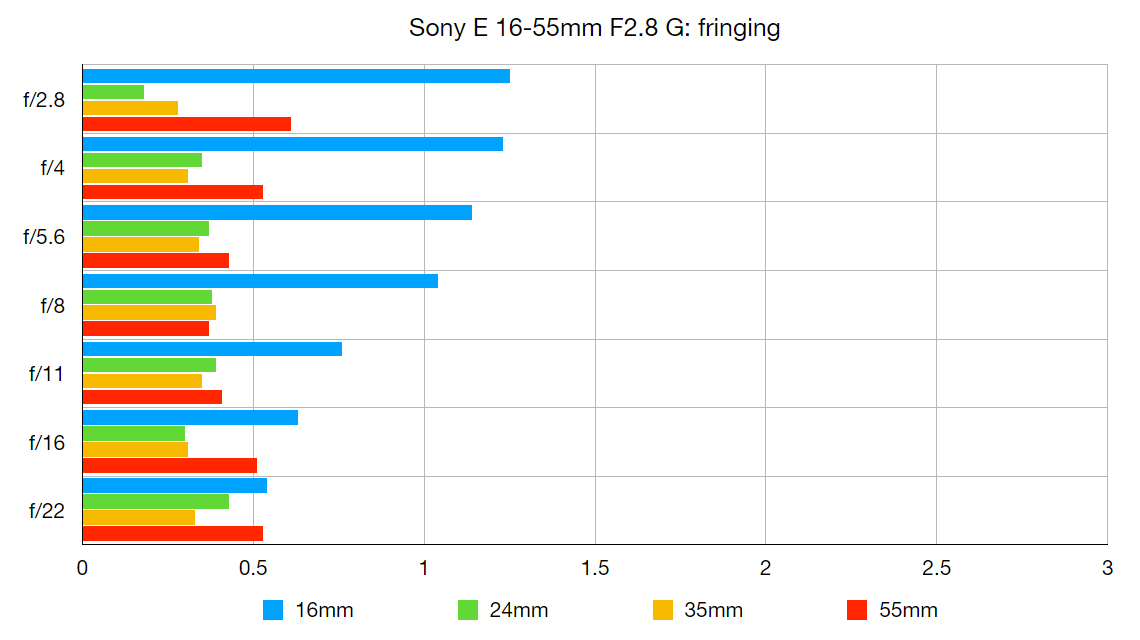
Fringing is only noticeable when shooting at 16mm and at larger apertures. At all other focal lengths/apertures, you're very unlikely to spot an aberrations in real-world shooting. What's more, these results are obtained with in-camera aberration correction disabled, so you're looking at a worst-case scenario.
Distortion
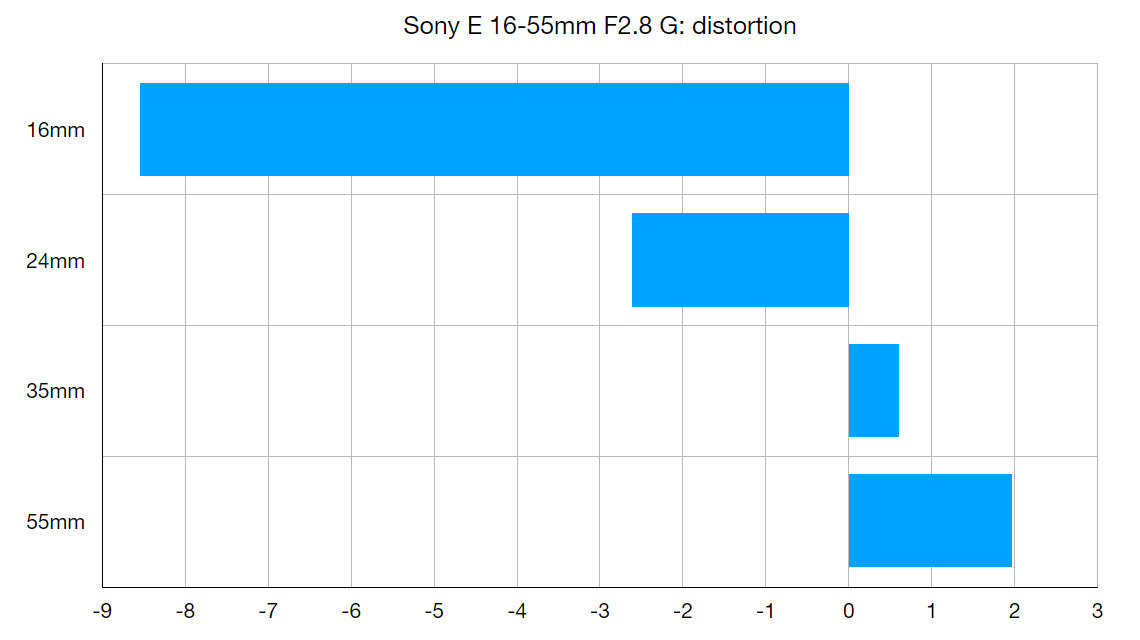
We tested the lens on an a6400 body, which forces automatic in-camera distortion correction. However, when converting the raw test shots to uncompressed TIFF images for analysis, we were able to cancel the a6400's automatic corrections to see the true degree of distortion at each tested focal length.
This reveals significant and very obvious barrel distortion at 16mm, though by 24mm it's already reduced to an acceptable degree, and the lens is distortion-free at around 33mm. Zoom in to 55mm and there's moderate but acceptable pincushion distortion.
However, you'll invariably want to leave automatic distortion correction enabled when processing your raw files, and this almost perfectly corrects all distortion from the 16-55mm throughout the focal range.
Verdict
As a standard lens with a classic zoom range, the Sony E 16-55mm f/2.8 G ticks nearly all the right boxes. It delivers sumptuous image quality with fabulous sharpness and contrast, along with pleasant bokeh.
Handling is very refined, with the addition of a customisable focus hold button, strong build quality and weather-seals. Autofocus is super-fast and deadly-accurate.
The only downsides are the lack of optical stabilization and the extreme barrel distortion at the short end of the zoom range, if uncorrected in-camera or with raw processing.
Read more:
• The best Sony lenses in 2020
• These are the best Sony cameras to buy right now
• The best lenses for Sony A6000
Matthew Richards is a photographer and journalist who has spent years using and reviewing all manner of photo gear. He is Digital Camera World's principal lens reviewer – and has tested more primes and zooms than most people have had hot dinners!
His expertise with equipment doesn’t end there, though. He is also an encyclopedia when it comes to all manner of cameras, camera holsters and bags, flashguns, tripods and heads, printers, papers and inks, and just about anything imaging-related.
In an earlier life he was a broadcast engineer at the BBC, as well as a former editor of PC Guide.

